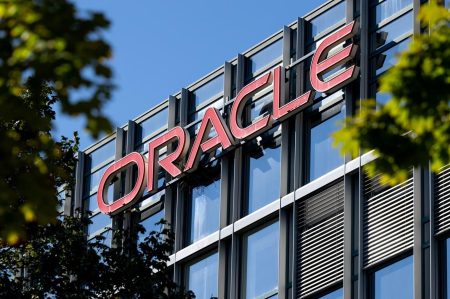Paragraph 1: The Trump Administration’s Trade Policy and its Potential Impact
The incoming Trump administration signaled a significant shift in U.S. trade policy, marked by a more protectionist and assertive stance. One of the key proposals was the imposition of tariffs, notably a 25% tariff on imports from Mexico and Canada. This measure was intended to address concerns surrounding drug trafficking and illegal immigration, but also carried the potential to disrupt established trade relationships and trigger retaliatory actions. While such tariffs could lead to inflationary pressures and challenges for U.S. manufacturers reliant on imported goods, they could also be utilized as bargaining chips in negotiations to secure more advantageous trade agreements. Beyond tariffs, the administration contemplated stricter controls on the export of critical technologies, particularly in the semiconductor sector, mirroring existing restrictions targeting China. This approach aimed to safeguard U.S. technological dominance and fortify supply chains for strategically important industries.
Paragraph 2: Reshaping Global Semiconductor Production
The Trump administration’s potential restrictions on semiconductor capital equipment signaled a broader shift in the global landscape of semiconductor production. Export controls, similar to those already imposed on China, could limit access to advanced manufacturing tools for certain countries, thereby reshaping global production networks and influencing investment decisions. While such restrictions could pose short-term challenges for companies with significant international operations, they also presented an opportunity to accelerate domestic investments in semiconductor manufacturing capabilities within the United States. This potential shift aligns with a growing trend towards regionalization of semiconductor production, driven by both geopolitical considerations and a desire to enhance supply chain resilience.
Paragraph 3: Navigating Challenges and Opportunities in the Semiconductor Equipment Sector
For companies like Lam Research (LRCX), Kulicke & Soffa (KLIC), and Cohu (COHU), which specialize in manufacturing semiconductor equipment, the evolving trade policies presented a complex interplay of challenges and opportunities. Export bans on advanced technologies could potentially constrain growth in key overseas markets like China, where these companies have historically generated significant revenue. However, the overarching trend towards localization of semiconductor production and reduced dependence on global supply chains aligns with the long-term strategic direction of the industry. This trend is expected to spur substantial investments from governments and private enterprises in domestic semiconductor manufacturing, creating increased demand for cutting-edge tools and equipment supplied by these companies.
Paragraph 4: Resilience and Adaptability of Semiconductor Equipment Manufacturers
Leading semiconductor equipment manufacturers have demonstrated resilience and adaptability in the face of evolving trade policies. Lam Research, for example, navigated the impact of additional export controls targeting China, reaffirming its financial guidance and expressing optimism about future growth driven by investments in advanced semiconductor technologies. The company anticipates a rebound in wafer fab equipment (WFE) demand by 2025, fueled by investments in NAND technology, advanced foundry logic, and DRAM related to high-bandwidth memory. Similarly, Kulicke & Soffa and Cohu, specializing in critical assembly, testing, and handling equipment, are well-positioned to capitalize on the global expansion of semiconductor manufacturing, particularly as governments prioritize domestic chipmaking capacity.
Paragraph 5: The Long-Term Outlook for Semiconductor Equipment Companies
While the Trump administration’s trade and export strategies introduced short-term uncertainty and volatility, they also held the potential to catalyze a surge in domestic manufacturing investments. The semiconductor industry was already responding to geopolitical uncertainties by committing substantial capital to build fabrication plants (fabs) and establish more localized supply chains. This trend is expected to drive demand for sophisticated equipment provided by companies like Lam Research, Kulicke & Soffa, and Cohu, bolstering their long-term growth prospects. These companies are strategically positioned to benefit from the increasing importance of semiconductors in various emerging technologies, including artificial intelligence and high-performance computing.
Paragraph 6: Investing in the Future of Semiconductors
In a dynamic environment characterized by rapid technological advancements and evolving trade policies, semiconductor capital equipment companies are poised for continued growth. The potential restrictions on critical technologies, while presenting near-term challenges, underscore the strategic importance of these firms in the global technology landscape. By enabling the production of next-generation semiconductors and supporting the expansion of domestic manufacturing, companies like Lam Research, Kulicke & Soffa, and Cohu offer investors a compelling opportunity to participate in the future of the semiconductor industry. Their role as suppliers of essential tools and equipment positions them as key enablers of innovation in critical areas like artificial intelligence and high-performance computing, mirroring a "picks and shovels" investment strategy.









